Pentax 110 lenses on Pentax Q

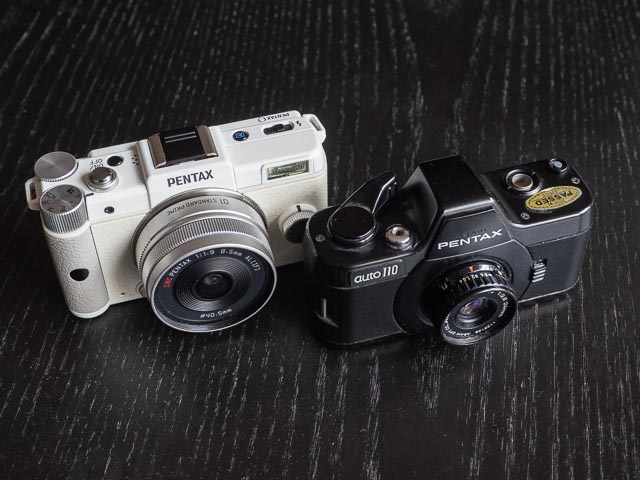
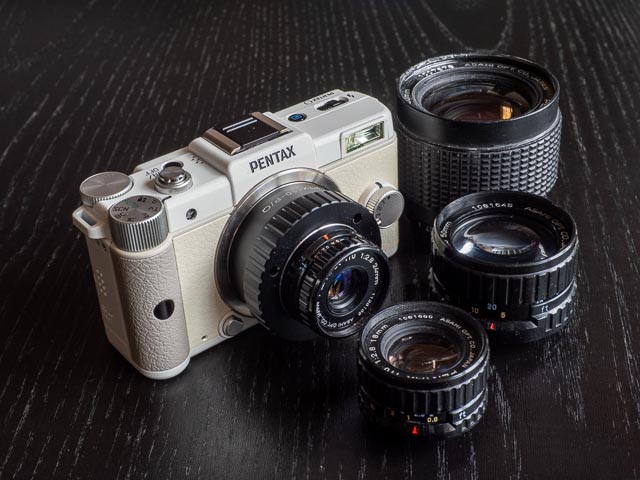 If you just want to see some photographs, skip straight to the results section.
If you just want to see some photographs, skip straight to the results section.
The Pentax Q is one of Pentax's most quirky and adorable digital cameras! It is essentially a fairly standard modern mirrorless interchangeable lens camera with one big difference: instead of a DSLR sized sensor it has a 1/2.3" (6.17 x 4.55 mm) sensor of the kind you would normally expect to see in a standard fixed-lens point-and-shoot "digicam". The result is perhaps a rather quirky camera that might at first be rather difficult to see the point of! But Pentax has form with just this sort of camera: in 1978 they launched the impossibly tiny Pentax Auto 110, the world's only full system SLR camera designed for 110 drop in film cartridges that produced 17 x 13mm negatives on 16mm film. Pentax launched a total of 6 lenses to go along with the Pentax Auto 110. First came the 18, 24 and 50mm fixed-focal length lenses (with 35mm equiv. focal lengths of approximately 35, 50 and 100mm). Towards the end of the Auto 110's production run Pentax launched a more powerful 70mm (35mm equiv. 140mm) telephoto lens and a 20-40mm (35mm equiv. 40-80mm) zoom lens. The sixth lens was a fixed-focus version of the 18mm wide-angle designed to relieve the user of the hardship of focussing in an era before auto-focus was a realistic possibility.
Given the similarities of the Pentax Q and Pentax Auto 110 concepts, it seems natural to convert the 110 lenses to the Pentax Q, and indeed a variety of Chinese companies have produced adapters to allow this. But of course the frame size of 110 film is approximately 8 times that of the 1/2.3" sensor in the Pentax Q. This means that even the wide angle 18mm lens becomes a 100mm short telephoto. But at least the lenses are tiny (the 24mm standard lens weighs in at a mere 13 grams!) so present fewer handling problems than trying to adapt comparatively huge vintage 35mm lenses. But there are also challenges: in particular Pentax-110 lenses have no aperture diaphragm (the cameras featured an innovated combined shutter and aperture mechanism!) to you can't stop down. But if, like me, you just happen to have a set of Pentax-110 lenses lying around and you've just taken delivery of a shiny new (well new to me at least!) Pentax Q, the fact that the simple Pentax-110 to Pentax Q adapter cost just £10 made the experiment something I had to try!
Results
From a technical point of view the results of this experiment were disappointing! I got much sharper results from adapting these lenses to M4/3s cameras, which have a sensor exactly the same size as a 110 negative. I think there are a couple of reasons for this. Because the sensor in the Pentax Q is so tiny, the pixels are very densely packed, which puts a far greater strain on the very small part of the lens's imaging circle you're actually using! But perhaps more important is the difficulty in confidently focusing on the Pentax Q's rear monitor (rather than on the EVF of my Olympus Pen-F M4/3s camera). In other words, I think a lot of the softness is the result of miss-focussing!
When (perhaps more by luck than judgement!) you do nail the focus, there is a surprising amount of detail in the photographs, particularly with the tiny 24mm standard lens. Plus you can get some very interesting bokeh effect. The 24mm lens in particular is capable of a distinct soap bubble bokeh effect when you have specular highlights in the background that is reminiscent of the legendary Meyer Optik Görlitz Trioplan lens. But as always when adapting vintage lenses to modern digital cameras, the aim is to take advantage of the character of these lenses to create unique image, rather that to try and beat modern lenses in the sharpness stakes! This is a very personal thing, so only you can be the judge. So let's take a look:
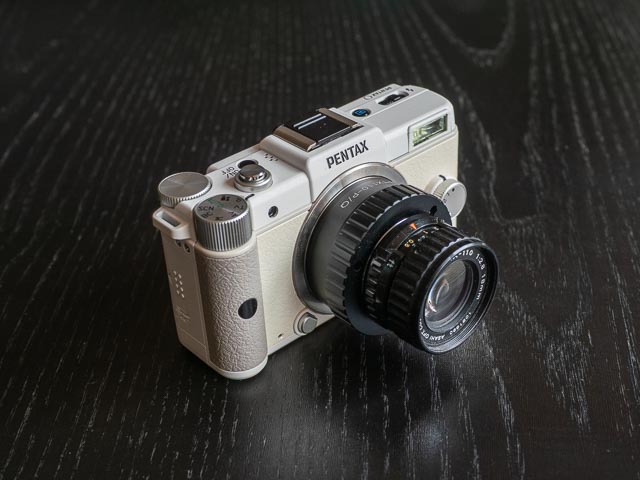 Pentax-110 18mm
Pentax-110 18mm
This lens is the wide-angle lens of the Pentax-110 system. When used on a 110 camera the field of view is roughly equivalent to a 35mm wide-angle on a 35mm camera. But on the Pentax Q the 35mm equiv. field of view is approximately 100mm, so it become a short telephoto lens. It weighs 28 grams (73 grams with the adapter) and takes 30.5mm filters. Even though I think the 24mm lens is sharper, I think this was my favourite of the Pentax-110 lenses when used on the Pentax Q.






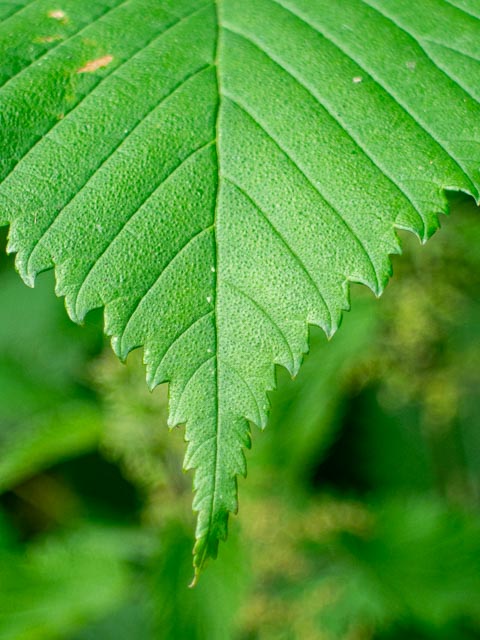
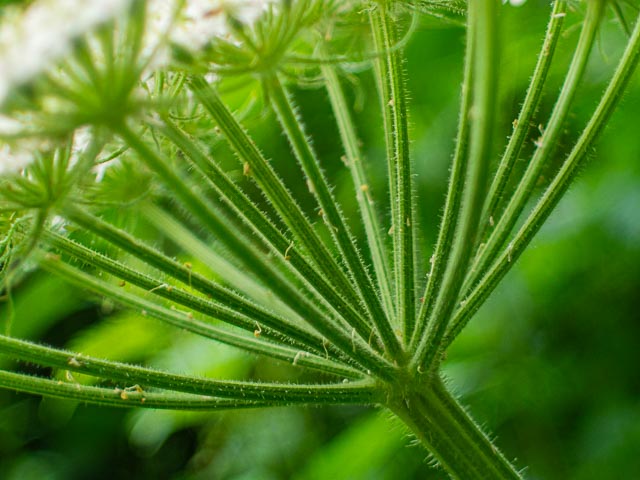
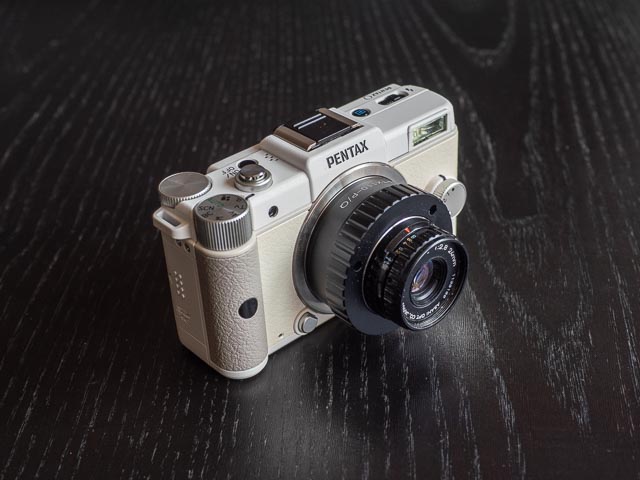 Pentax-110 24mm
Pentax-110 24mm
This lens is the standard lens of the Pentax-110 system. When used on a 110 camera the field of view is roughly equivalent to 50mm on a 35mm camera. But on the Pentax Q the 35mm equiv. field of view is approximately 135mm. It weighs 13 grams (58 grams with the adapter) and takes 25.5mm filters. When used on the Pentax Q this lens is most note-worthy for it's soap bubble bokeh.
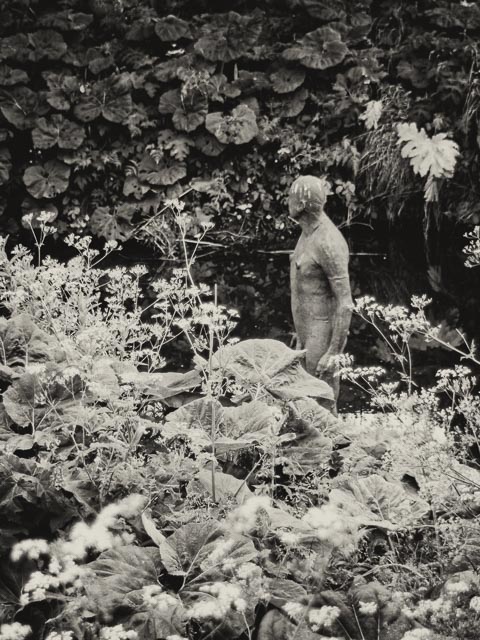

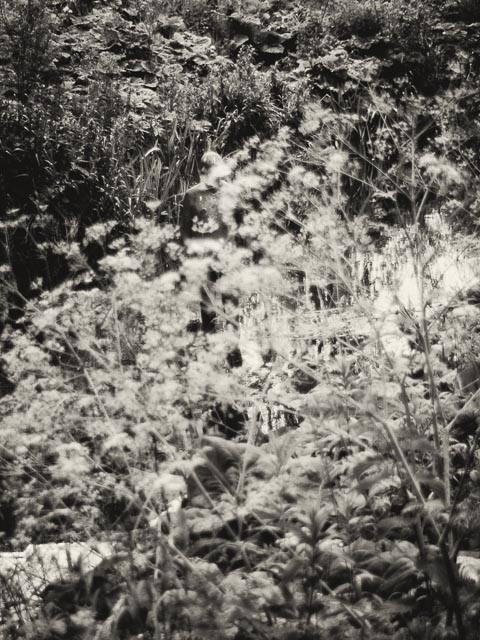
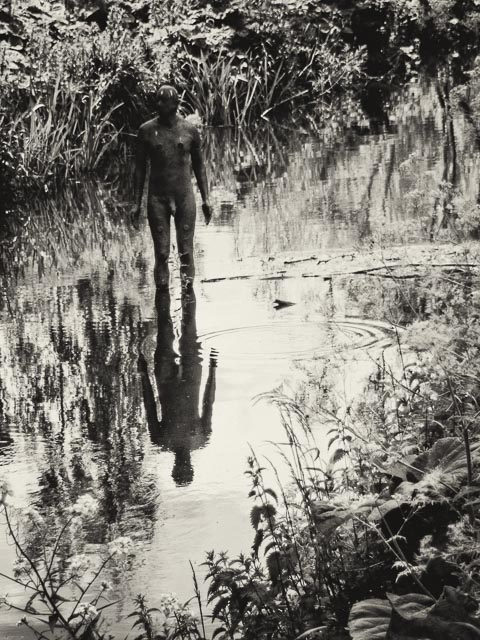
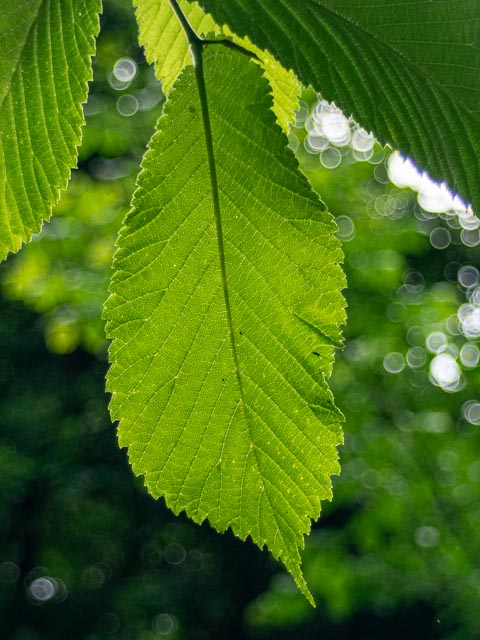
This one both demonstrates the amount of detail these lenses can capture if only you can get the focus right! It also demonstrates the soap bubble bokeh this lens is capable of.





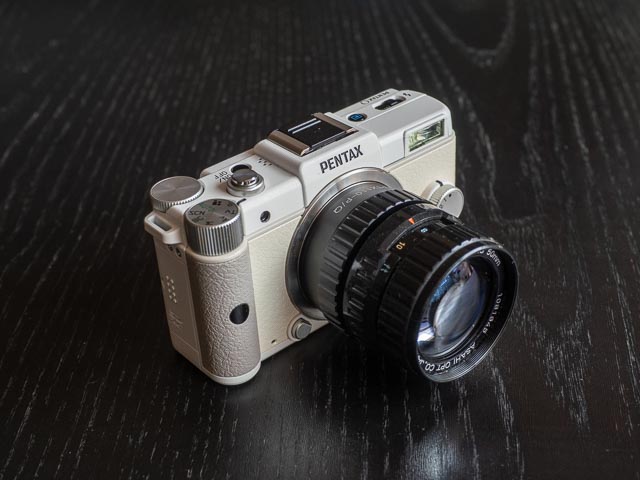 Pentax-110 50mm
Pentax-110 50mm
This lens is the telephoto lens of the Pentax-110 system. When used on a 110 camera the field of view is roughly equivalent to a 100mm on a 35mm camera. But on the Pentax Q the 35mm equiv. field of view is approximately 280mm, so it becomes a fairly long telephoto lens. It weighs 54 grams (98 grams with the adapter) and takes 37.5mm filters. This lens can be a lot of fun on the Pentax Q when you want a really tiny super telephoto!



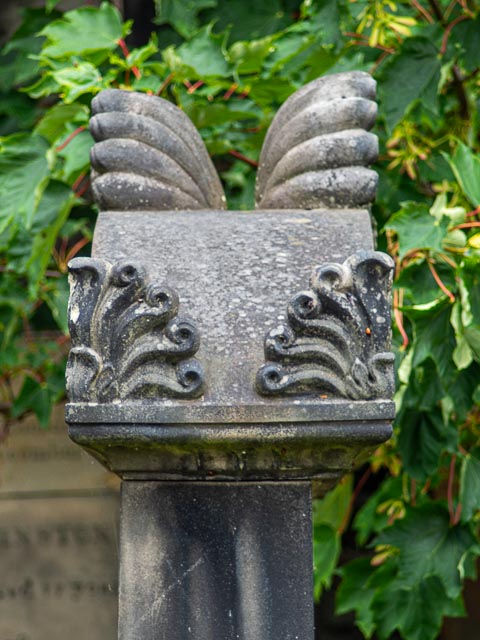




 Pentax-110 20-40mm
Pentax-110 20-40mm
This lens is the standard zoom lens of the Pentax-110 system. When used on a 110 camera the field of view is roughly equivalent to a 40-80mm on a 35mm camera. But on the Pentax Q the 35mm equiv. field of view is approximately 110-220mm. It weighs a positively porky 181 grams (225 grams with the adapter) and takes 49mm filters. This is with out doubt the worst of the Pentax-110 lenses I've tried! The results are quite low contrast and plenty of veiling flair, particularly at the 20mm end of the zoom range. Things get a lot better at the long end of the range, but this thing is still more of a technically interesting oddity than a really useful lens. Having said that, is probably has the smoothest bokeh of all the Pentax-110 lenses I've tried.

Focal length: 20mm

Focal length: 20mm
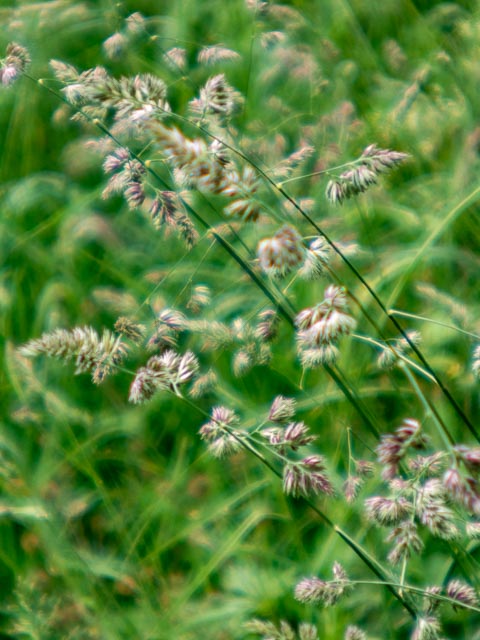
Focal length: 20mm
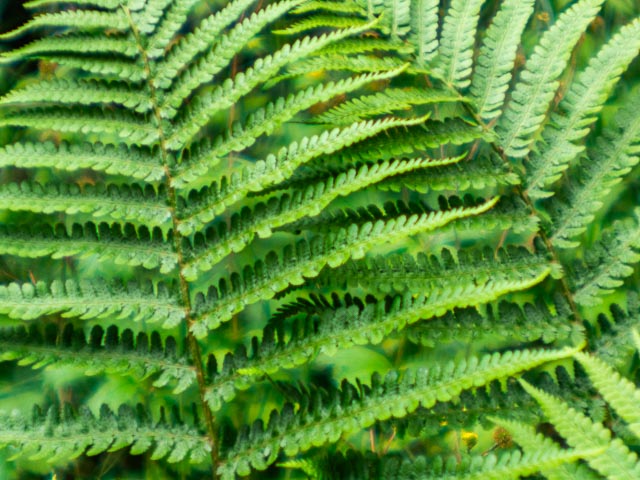
Focal length: 20mm

Focal length: 40mm

Focal length: 40mm

Focal length: 40mm
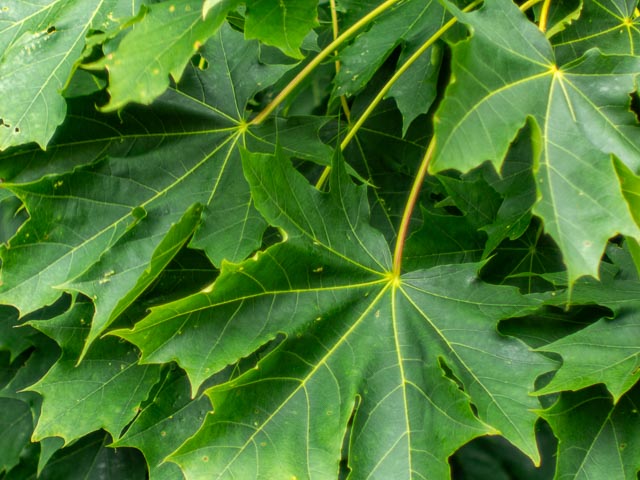
Focal length: 40mm

Focal length: 40mm

Focal length: 40mm

Focal length: 40mm
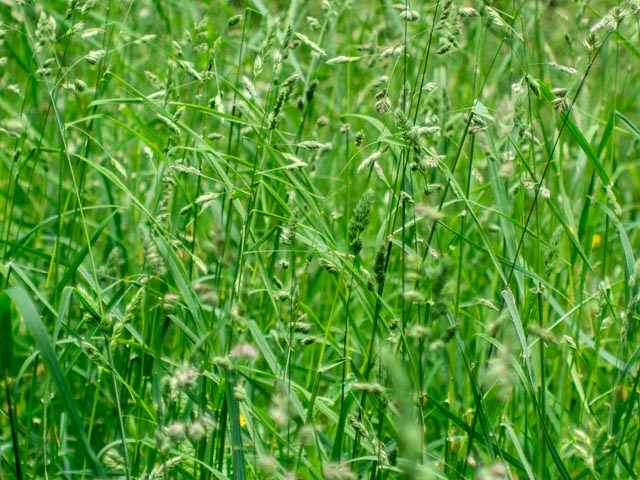
Focal length: 40mm
Conclusion
In all honesty I'm not sure the results from these Pentax-110 lenses on the Pentax Q justify going to a lot of trouble to acquire a set of them. But if you already have some lying around than I would absolutely get a cheap Chinese adapter just for the fun of it! Particularly, in the case of the 18mm lens, if you want an inexpensive alternative to the 05 TOY LENS TELEPHOTO lens (with which it shares a focal length), or if you like the soap bubble bokeh of that 24mm lens and you don't mind a focussing challenge!